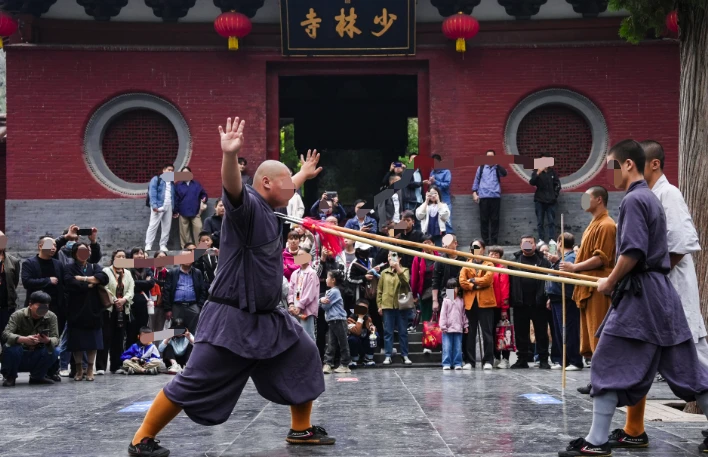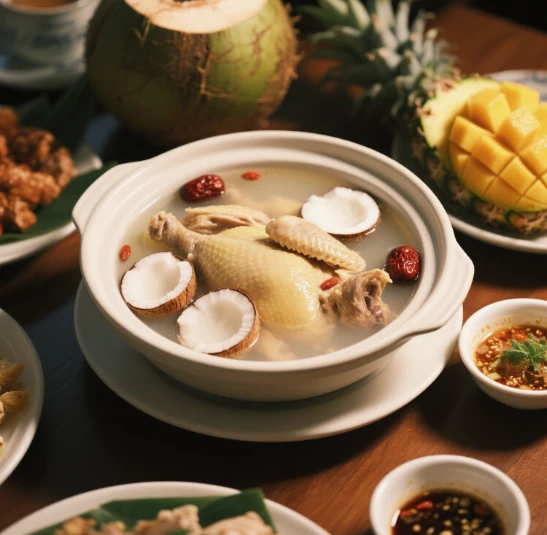




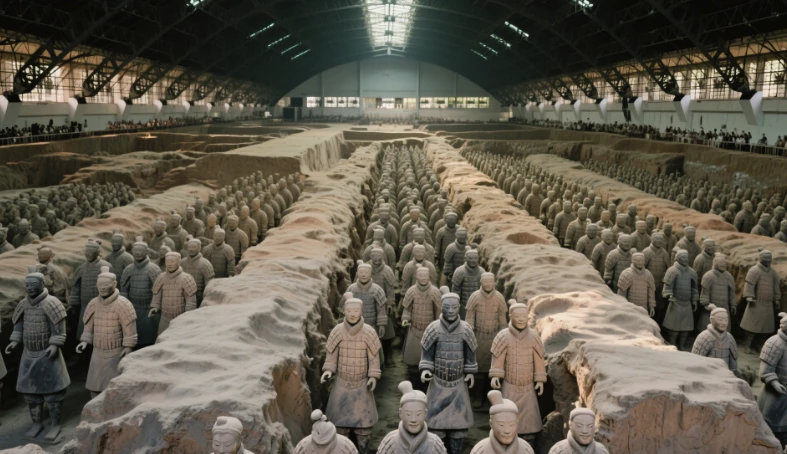
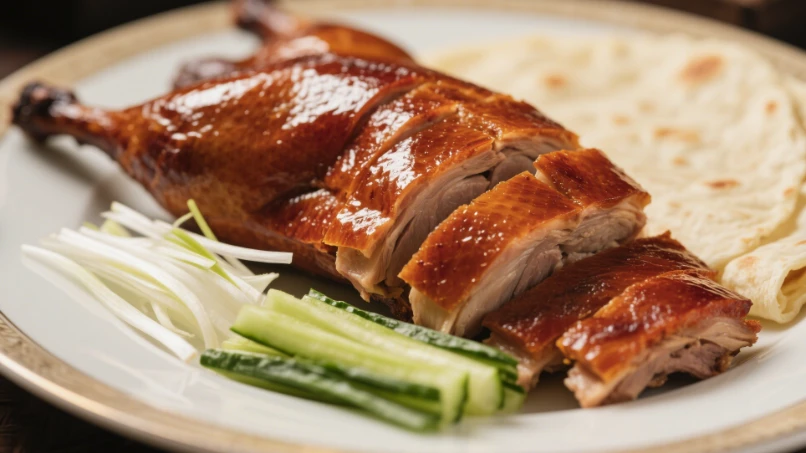
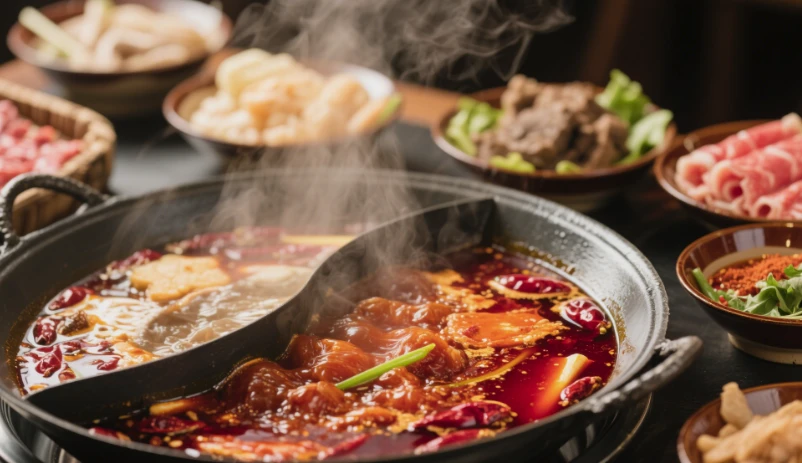
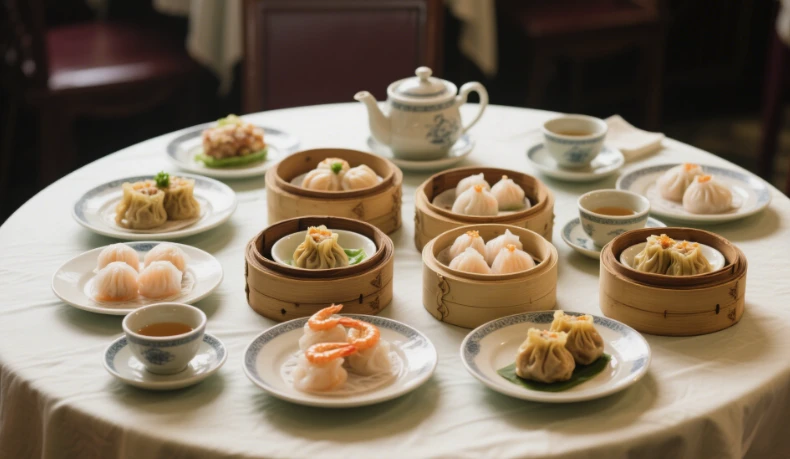
In a strategic move that has redefined the landscape of international travel and fostered deeper cultural exchange, China has been consistently implementing and fine - tuning its visa - free policies. These forward - thinking initiatives have not only removed significant barriers for travelers worldwide but have also become a powerful catalyst, inviting visitors to immerse themselves in China's expansive and diverse terrains, its rich historical and cultural legacies, and its dynamic modern urban centers.
The Significance and Details of China's Visa - Free Policy
China's multifaceted visa - free policies, encompassing the 240 - hour transit visa - free, regional visa - free entry, and other related provisions, have emerged as a cornerstone in promoting international tourism and strengthening people - to - people connections. Since the comprehensive relaxation and optimization of the transit visa - free policy towards the end of last year, the 240 - hour (10 - day) transit visa - free policy for 54 countries has been in full swing. This policy has proven to be a game - changer. For instance, data from the Ministry of Culture and Tourism shows that in the first three months after its implementation, the number of transit tourists increased by 35% compared to the same period in the previous year. This extended stay time allows tourists to not only briefly transit but also explore multiple provinces and cities within the permitted areas, enabling them to experience a more comprehensive and in - depth China.
Before this significant extension, the 72 - hour and 144 - hour transit visa - free policies already provided a great deal of convenience for short - term visitors. Many business travelers and weekend tourists took advantage of these policies to make quick trips to cities like Shanghai and Beijing, getting a taste of China's charm. Now, with the 240 - hour policy, tourists have ample time to plan more elaborate itineraries. They can visit historical sites, participate in local festivals, and truly soak up the local culture.
In addition to the transit - based visa - free policies, China's regional visa - free entry policies add another layer of allure. For example, foreign tourist groups arriving in Shanghai by cruise are eligible for a 15 - day visa - free stay. This not only benefits the cruise industry but also allows tourists to explore Shanghai's iconic landmarks, such as the Bund with its stunning skyline, and the Yu Garden with its traditional Chinese architecture and serene gardens. In Hainan, known as China's tropical paradise, citizens from 59 countries can enter visa - free for 30 days for tourism. Hainan has been actively developing its tourism infrastructure, with world - class beaches, luxury resorts, and a wide range of water sports activities. The visa - free policy has contributed to a significant increase in the number of international tourists, making Hainan a top destination for sun - seekers and leisure travelers. In Guangxi Guilin, tourist groups from the 10 ASEAN countries can enjoy a 144 - hour visa - free entry. Guilin, with its unique karst landscapes, offers a chance for tourists to take a relaxing cruise along the Li River, visit ancient villages, and experience the local Zhuang and Yao ethnic cultures. In the Greater Bay Area and Shantou in Guangdong, foreign tourists in groups from Hong Kong and Macau can stay visa - free for 144 hours, facilitating cross - regional cultural and economic exchanges.
Explore China: A Feast for the Senses
Cultural Treasures and Natural Wonders
For tourists from visa - free countries, China unfolds like an endless treasure trove of attractions. In the heart of Beijing, the Forbidden City, a sprawling imperial palace complex, stands as a living museum of China's imperial past. Comprising 980 buildings and covering an area of 720,000 square meters, it was the political and ceremonial center of the Ming and Qing dynasties for nearly 500 years. As visitors stroll through its red - walled courtyards, they can admire the intricate carvings on the wooden pillars, the delicate paintings on the ceilings, and the countless cultural relics displayed in the palaces, each piece narrating a story from a bygone era.
The Great Wall, stretching over 21,000 kilometers across mountains, deserts, and grasslands, is a true engineering marvel. Different sections of the Great Wall offer distinct experiences. The Badaling section, the most visited and well - preserved, provides a convenient and accessible way to experience the grandeur of the wall. In contrast, the Jinshanling section, with its more rugged and original appearance, attracts adventurers who want to explore the less - trodden paths and enjoy the stunning panoramic views. Standing on the Great Wall, tourists can't help but be in awe of the ancient Chinese people's perseverance and ingenuity in building such a colossal structure over two millennia ago.
In Xi'an, the ancient capital of 13 dynasties, the Terracotta Army is a sight that leaves visitors speechless. Discovered accidentally by local farmers in 1974, this vast underground army consists of more than 8,000 life - sized clay sculptures, each with unique facial features, hairstyles, and uniforms, representing the imperial guard of Emperor Qin Shi Huang. The first pit, the largest and most impressive, reveals rows upon rows of warriors, horses, and chariots, as if ready for battle at any moment. The craftsmanship and attention to detail in these sculptures are a testament to the high - level artistry and technology of ancient China.
In Guilin, the Li River meanders through a landscape of limestone karst peaks, creating a scenery so beautiful that it has been praised in countless Chinese poems and paintings. Taking a bamboo raft along the Li River, tourists can admire the ever - changing views of the peaks reflected in the clear water. The Reed Flute Cave, another highlight in Guilin, is a natural limestone cave filled with magnificent stalactites and stalagmites, illuminated by colorful lights, creating a magical and otherworldly atmosphere.
Cultural activities in China are as diverse as its landscapes. In Lijiang, Yunnan, the Naxi people, an ethnic minority with a long - standing history, preserve their unique music traditions. The Naxi Ancient Music, a form of classical Chinese music that has been passed down for over a thousand years, is performed using ancient musical instruments such as the pipa, guzheng, and sheng. The melodies, with their slow and solemn rhythms, carry the weight of history and transport the audience back to a different era. In Tibet, the spiritual heart of China, tourists can witness the daily Tibetan Buddhist ceremonies in monasteries like the Potala Palace and Jokhang Temple. The chanting of monks, the fluttering of prayer flags, and the incense - filled air create a solemn and mysterious atmosphere, offering a profound glimpse into the rich religious and cultural traditions of the Tibetan people.
Gastronomic Delights
China's culinary landscape is a vibrant tapestry woven with diverse flavors, techniques, and ingredients, reflecting the country's vast geographical and cultural diversity. Sichuan cuisine, renowned worldwide for its bold and intense flavors, is characterized by its liberal use of Sichuan peppers and chili peppers, creating a unique sensation of spiciness and numbness. Mapo Tofu, a classic Sichuan dish, combines soft tofu cubes with minced meat, usually pork or beef, in a thick, spicy sauce. The contrast between the tender texture of the tofu and the fiery flavor of the sauce makes it a favorite among both locals and foreigners. Kung Pao Chicken, another iconic Sichuan dish, features diced chicken, peanuts, and vegetables stir - fried in a spicy and savory sauce. The combination of the crunchy peanuts, the tender chicken, and the spicy kick makes it a perfect balance of flavors.
In Guangdong, Cantonese cuisine is celebrated for its freshness, simplicity, and emphasis on the natural flavors of ingredients. Dim sum, a staple of Cantonese cuisine, offers a wide variety of small, bite - sized dishes. Steamed shrimp dumplings (Har Gow), with their translucent wrappers and succulent shrimp filling, are a dim sum classic. Barbecued pork buns (Char Siu Bao), filled with sweet and savory barbecued pork, are soft, fluffy, and full of flavor. Other popular dim sum dishes include steamed spare ribs with black bean sauce, rice noodle rolls, and egg tarts, each with its own unique taste and texture, making dim sum a perfect choice for a leisurely brunch or lunch.
Shandong cuisine, one of the four major Chinese cuisines, is known for its rich and umami - filled flavors, especially in its seafood and meat dishes. The braised sea cucumber in brown sauce is a signature Shandong dish. Sea cucumbers, known for their high nutritional value, are slowly braised in a thick, flavorful sauce made from soy sauce, spices, and other seasonings. The result is a dish with a rich, smooth taste and a tender, yet slightly chewy texture. Another famous Shandong dish is the Dezhou Braised Chicken, which is cooked with a secret blend of spices, resulting in a chicken that is fragrant, juicy, and full of flavor.
Convenience on the Go
The visa - free policy has truly transformed the travel experience for foreign tourists, making traveling to China more seamless and hassle - free than ever before. By eliminating the time - consuming and often complex visa application process, tourists can now plan their trips with greater spontaneity and flexibility. They can directly book flights and accommodation online, without having to worry about long waiting times for visa approvals. The extended stay time under the 240 - hour transit visa - free policy, in particular, has opened up new possibilities for multi - destination travel.
Take the experience of a group of European tourists as an example. They started their journey in Shanghai, exploring the city's modern skyscrapers, visiting the vibrant markets in the French Concession, and enjoying the nightlife along the Bund. Then, they took a high - speed train to Beijing, where they spent several days visiting the Forbidden City, the Great Wall, and the Temple of Heaven. Finally, they headed to Xi'an to marvel at the Terracotta Army, all within the 10 - day transit visa - free period. Such a trip would have been much more difficult to plan and execute without the visa - free policy.
Moreover, China's well - developed transportation network, including high - speed railways, domestic flights, and a comprehensive bus system, further enhances the convenience of traveling within the country. Tourists can easily move from one city to another, exploring different regions and experiencing the unique cultures and landscapes each place has to offer.
In conclusion, China's visa - free policies have not only served as a bridge facilitating international travel but have also provided a golden opportunity for the world to fully experience the unparalleled beauty and rich diversity of this ancient yet modern nation. With an abundance of attractions waiting to be explored, a wealth of cultural activities to participate in, and a mouth - watering array of delicious food to savor, China is steadily rising as one of the most sought - after destinations for travelers from visa - free countries, promising unforgettable experiences for all who venture here.

